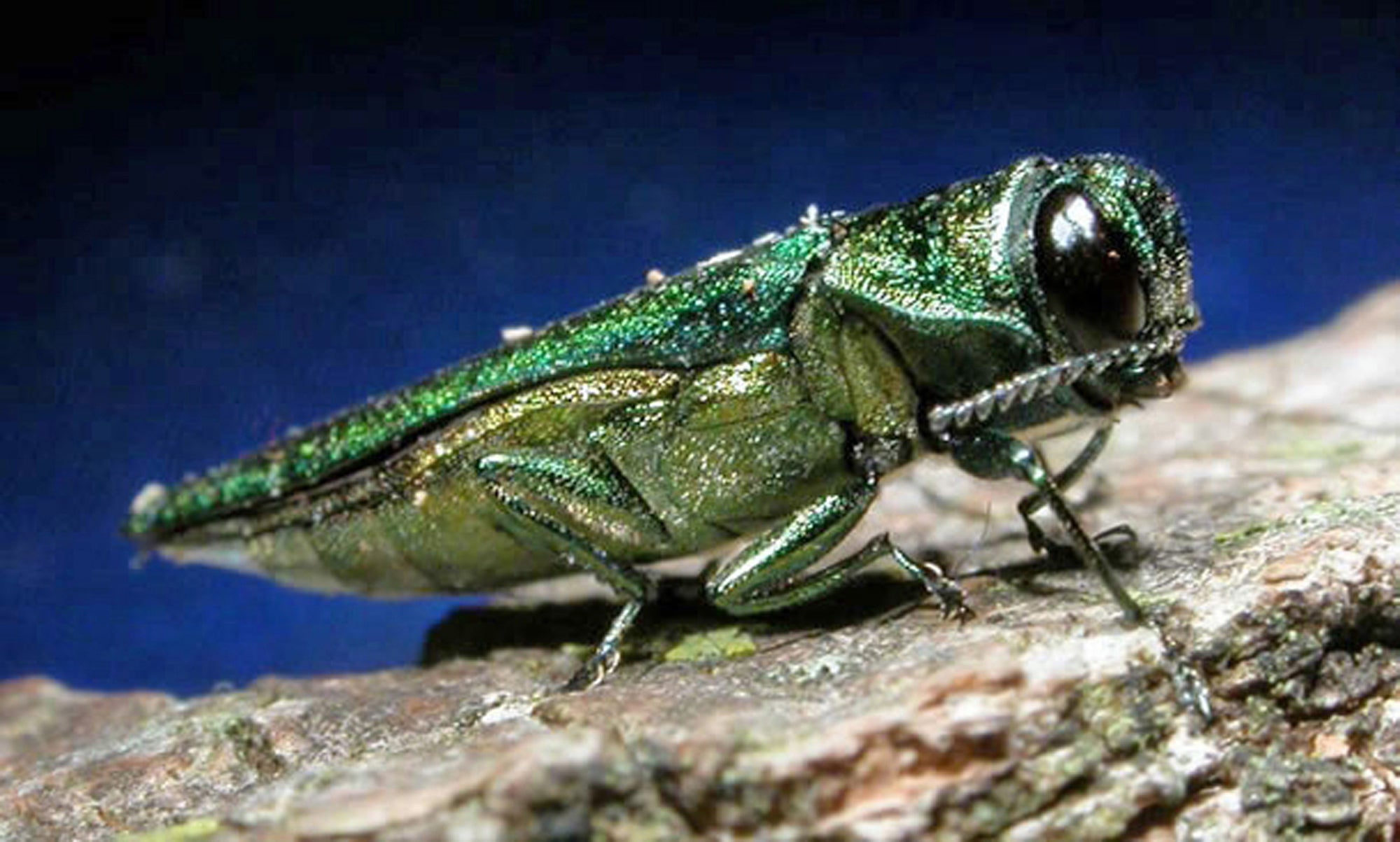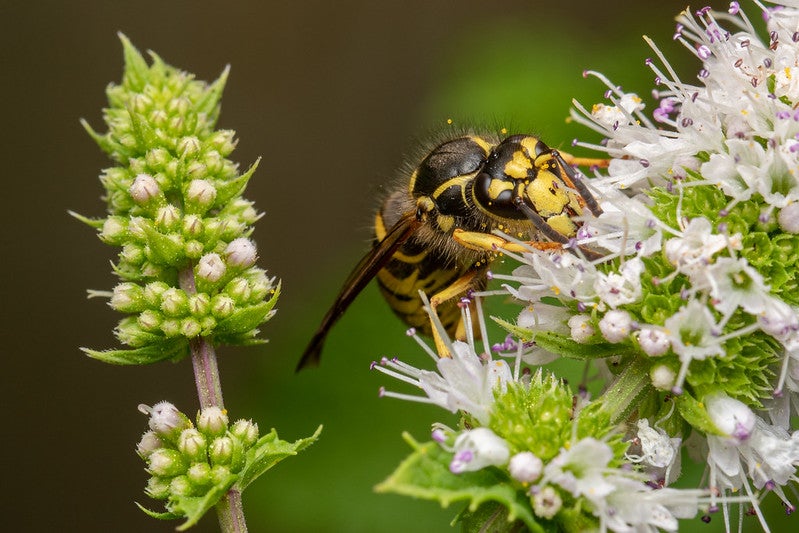Spring’s arrival also means a lot of insects making an appearance inside and out. Plus, information about the fascinating, and misunderstood, giant ichneumon wasp.
Featured in this Show
-
Giant Ichneumon Wasps Look More Fierce Than They Are
In the canine world, some dogs have a bark that’s worse than their bite. The equivalent among insects would be the giant ichneumon wasp, a creature much stranger and more creepy-looking than it is dangerous.
PJ Liesch is the manager of the University of Wisconsin-Madison Insect Diagnostic Lab. He admitted the wasps are “a little bit intimidating” the first time someone sees one.
The wasp’s body is about 1.5 to 2 inches long, which is sizable. And the females also have a very long egg-laying device called an ovipositor on its hind section.
“If you stretch those out, they can be a couple inches long. So we’re talking about a wasp that can be 5 or more inches in length,” Liesch said.
At first glance, it’s easy to mistake the ovipositor for a nasty-looking stinger, but Liesch said that they pose no threat to humans.
The wasps are, however, a menace to other insects. Liesch said that the giant ichneumon wasps are parasites of horntail wasps, which are insects that live in rotting trees.
Colorado State University has an interesting article about the relationship between the giant ichneumon wasp and the horntail wasp.
When the ichneumon wasp eggs are laid, the larva develops and overwinters in the rotting wood inside the tree, feeding on the other wasp species’ larva. Liesch said that the adult ichneumon wasps exit the tree about a year later, but are not known to feed, so their lifespan once they emerge is fairly short.
Liesch said that the giant ichneumon wasps are not uncommon in Wisconsin. He has gotten photos of them sent to the Lab from all over the state. He said that he will visit the Baraboo Hills in June for a good chance to see them, but wherever people are, there are ways to track the wasps down.
“If you really want to see these things, look for trees that are still standing, but dead. Often it’s some larger pines with holes from the pileated woodpecker, because those are large, oblong holes,” Liesch said. “If you get up close to those trees, that’s usually where I find those wasps. And I’ve had days where I stumbled across 20 or 30 of them on a single tree.”
Even for an entomologist like Liesch, that many large wasps in a small area can be what he calls “a bit unnerving.” But he is still a fan of them.
“They are very elegant insects. They have very delicate-looking bodies with really cool color patterns. And you have to remember that they are harmless,” Liesch said.
Episode Credits
- Larry Meiller Host
- Judith Siers-Poisson Producer
- PJ Liesch Guest
Wisconsin Public Radio, © Copyright 2025, Board of Regents of the University of Wisconsin System and Wisconsin Educational Communications Board.


